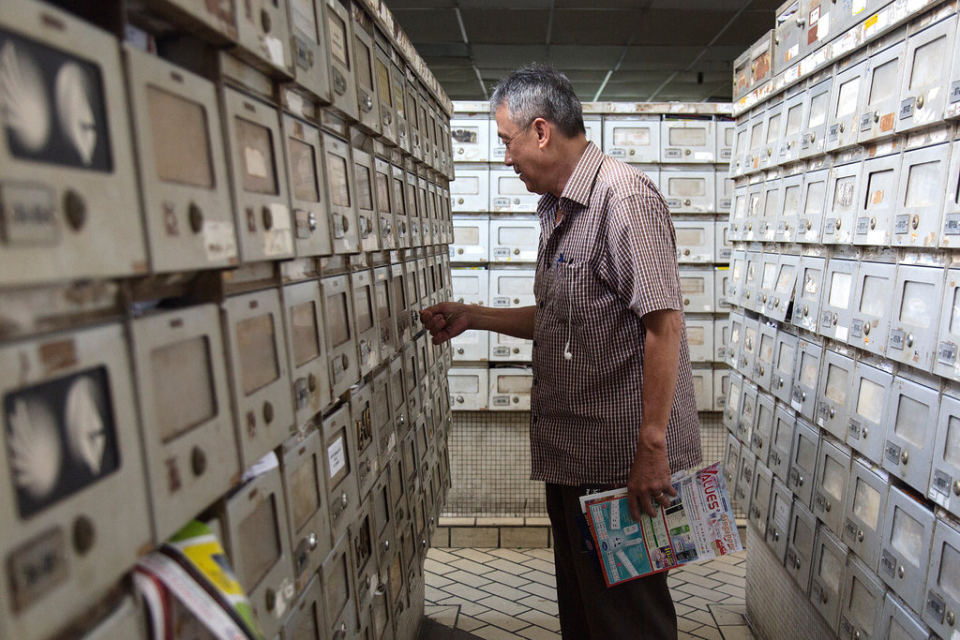Landmarks of so-called Brutalist architecture, like Golden Mile Tower, are emerging havens for the sort of gritty, artsy subcultures that are mostly absent in Singapore, a banking center known for its tidy streets and often-overbearing governance.
Others see them as important markers of national identity because they were designed by a generation of up-and-coming local architects just after the city-state’s founding in 1965, when the area’s growth was fueled by large-scale urban renewal projects.
But a few prominent Brutalist landmarks are on the verge of being sold to private developers, which has prompted a last-ditch scramble by enthusiasts to have the buildings protected by conservation laws. It has also set off a thorny debate about what type of architecture is worth saving in the first place.
Brutalist buildings represent Singapore’s early “hopes and aspirations,” said Darren Soh, an architectural photographer. He said destroying them would add to a sense among many residents of this former British colony that buildings of all kinds are being demolished and replaced too quickly.
“At some point in time, all this glitz is going to become old,” Mr. Soh said at Golden Mile Tower, referring to the glass towers of the nearby financial district. “What are we going to do then?”
The city’s Brutalist buildings, in contrast, are widely considered eyesores by the general public. These buildings often have a shared ownership of common facilities. And because many owners think that selling their units collectively is a better financial bet than investing in a conservation or retrofitting plan, the buildings have largely fallen into disrepair because no one wants to pay for short-term upkeep.
